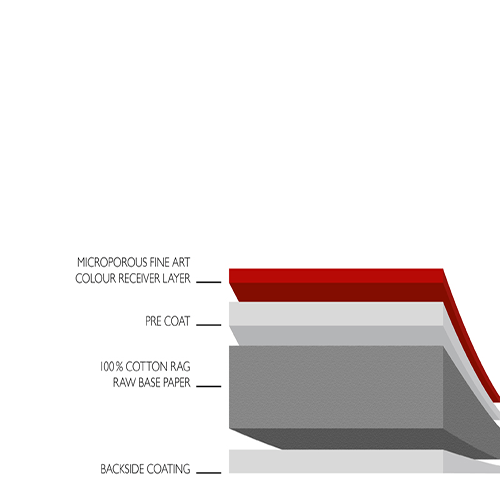The quality of the printed item you create may vary greatly depending on the paper you use in the printer. Using high-quality glossy paper can improve the presentation and durability of vital records. Paper designed specifically for thermal printers can help keep quality and overhead low.
A wide variety of printer paper is available, each with its specific purposes. Usually, the device you use your paper with will specify the paper types it is compatible with. The final printed result is another crucial consideration when selecting a paper type. It’s possible that selecting the right paper for your printer will prevent you from having to buy additional equipment. Standard printer paper types and their typical applications are outlined below.
Plain Paper:
The most popular type of printing is likely digital printing on uncoated paper. There are various brands and varieties of uncoated paper. Still, a reasonable rule of thumb is to think of uncoated printing paper as a higher-quality alternative to the paper you use in your home printer.
Uncoated, high-quality paper lets ink soak in and looks great when printed on. In certain circumstances, the print quality suffers, but you get that great, natural uncoated paper texture everyone loves.
Flyers and booklets benefit from the low reflectivity of uncoated paper stock. It’s great for printing greeting cards or envelopes because it looks natural and can be written on a notepad.
Blank, Uncoated Paper
One of the common types of paper used for printed advertisements is matte paper because of its convenience and adaptability. The tiny white coating used to finish matte paper increases contrast (for clearer images), speeds ink drying (for quicker printing), and reduces glare (making the page easier to read).
You can print anything on matte paper, from brochures for your business to your résumé. Matte paper may indeed be used for a wide variety of projects. Still, its widespread availability also means it doesn’t inspire the same sense of “quality” or elegance as certain other paper stocks can.
Laser Printer Paper:
It’s the same with laser printer paper; it’s designed to work exclusively with laser printers. Laser printing paper is commonly used for commercial and high-volume document printing. You may not notice many distinctions between laser paper and inkjet paper, but there is one crucial one.
Laser printers and photocopiers use toner cartridges, which contain ink on the paper’s surface rather than soaking into it as inkjet printers’ inks do. Thus, inkjet printing paper is far more resistant to dampness.
Frequently Asked Questions
The standard size for printing paper is A4, which is 210 x 297 millimeters. Because of the wide variety of weights and coatings available, there is an A4 paper that will work for any printing project.

























